Collective Dreams and Bourgeois Villas
Site Plan of the Hungarian CIRPAC Group
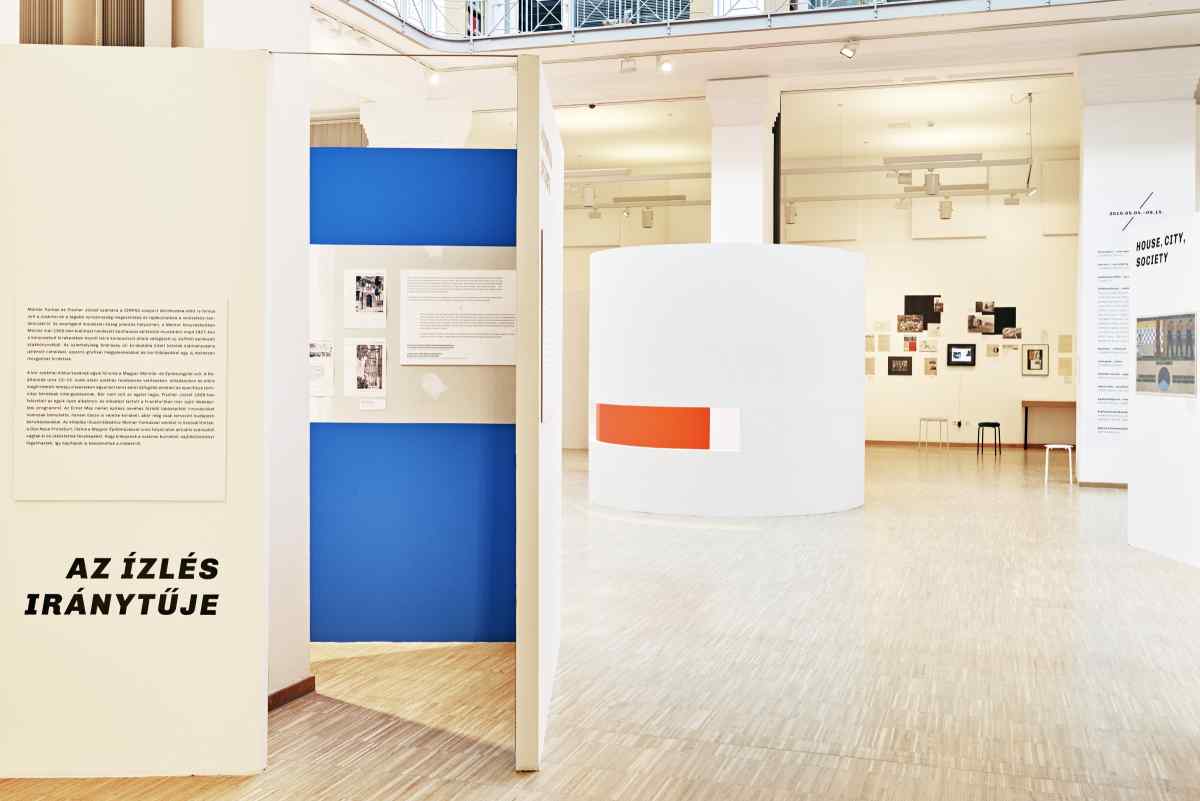

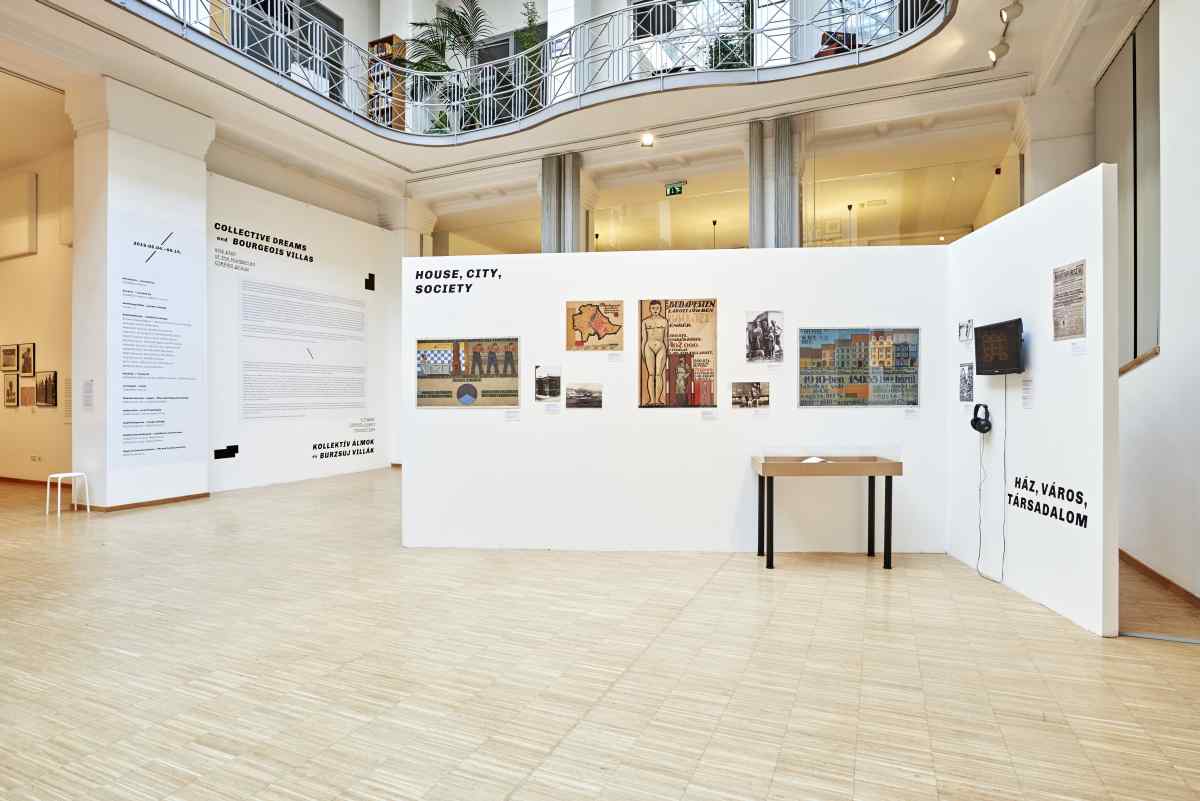
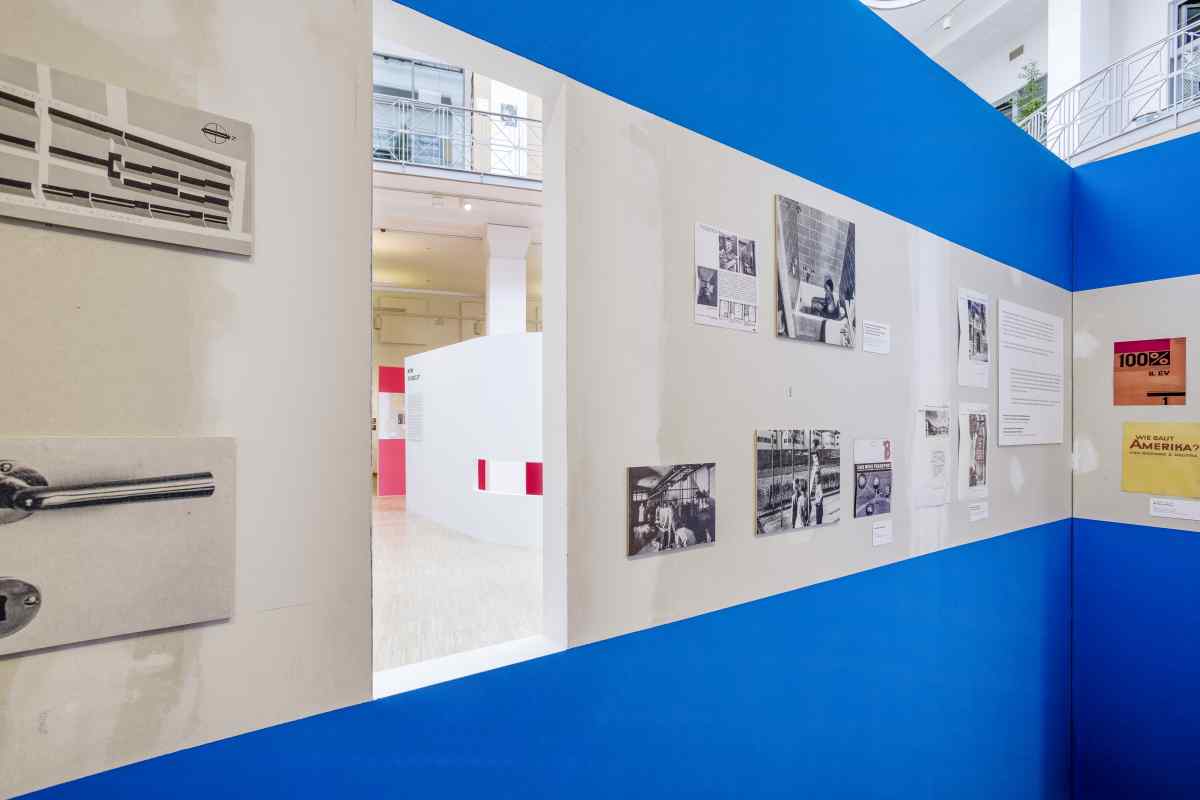
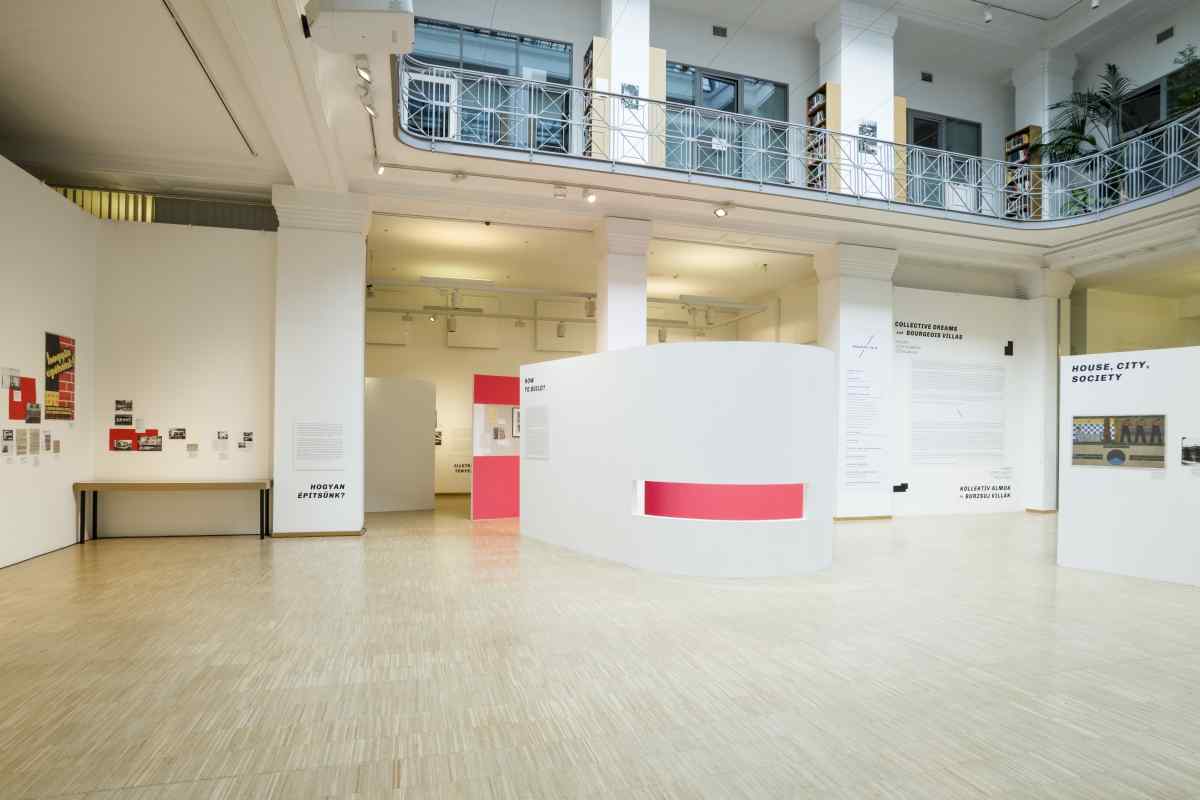
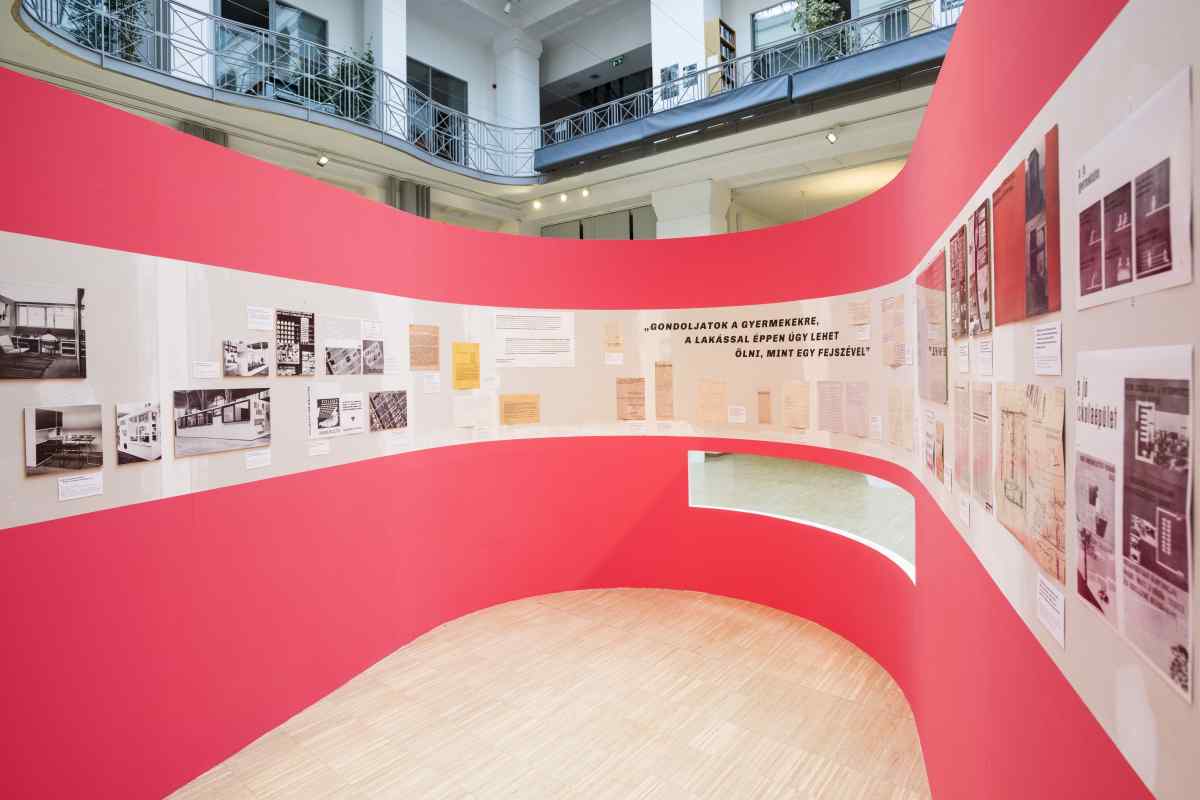
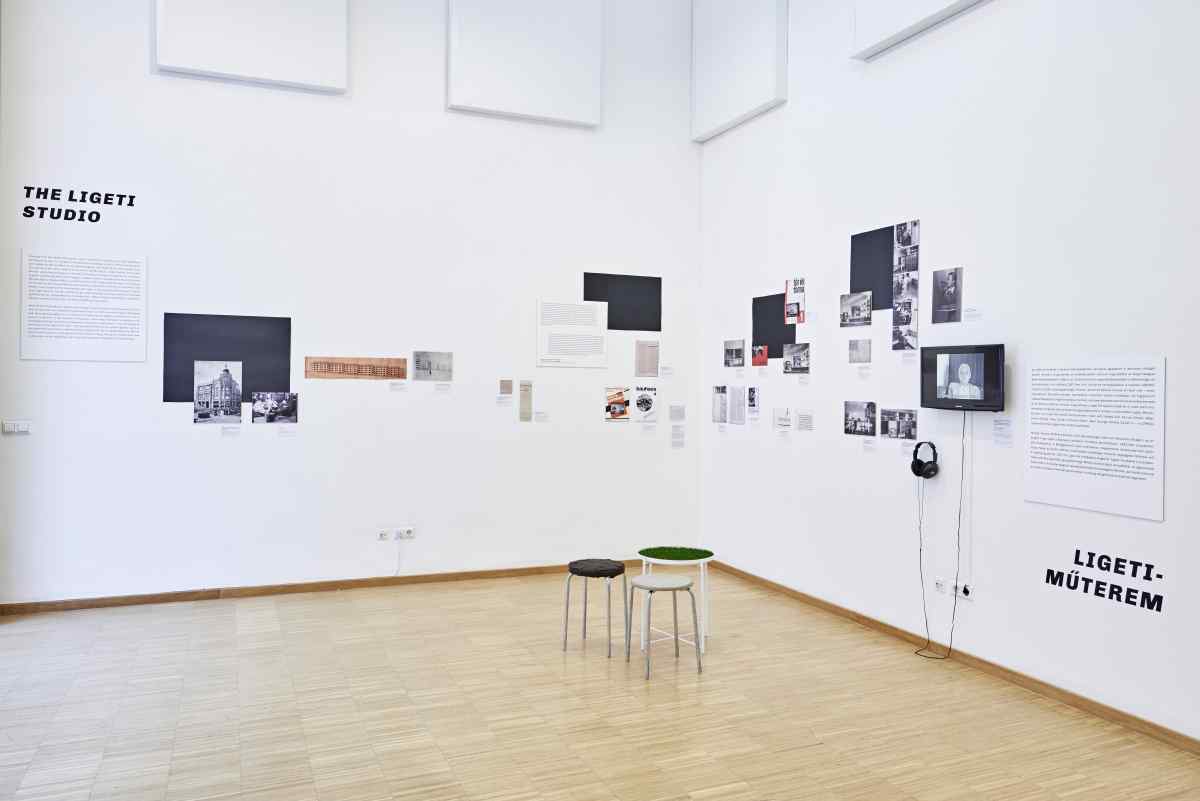
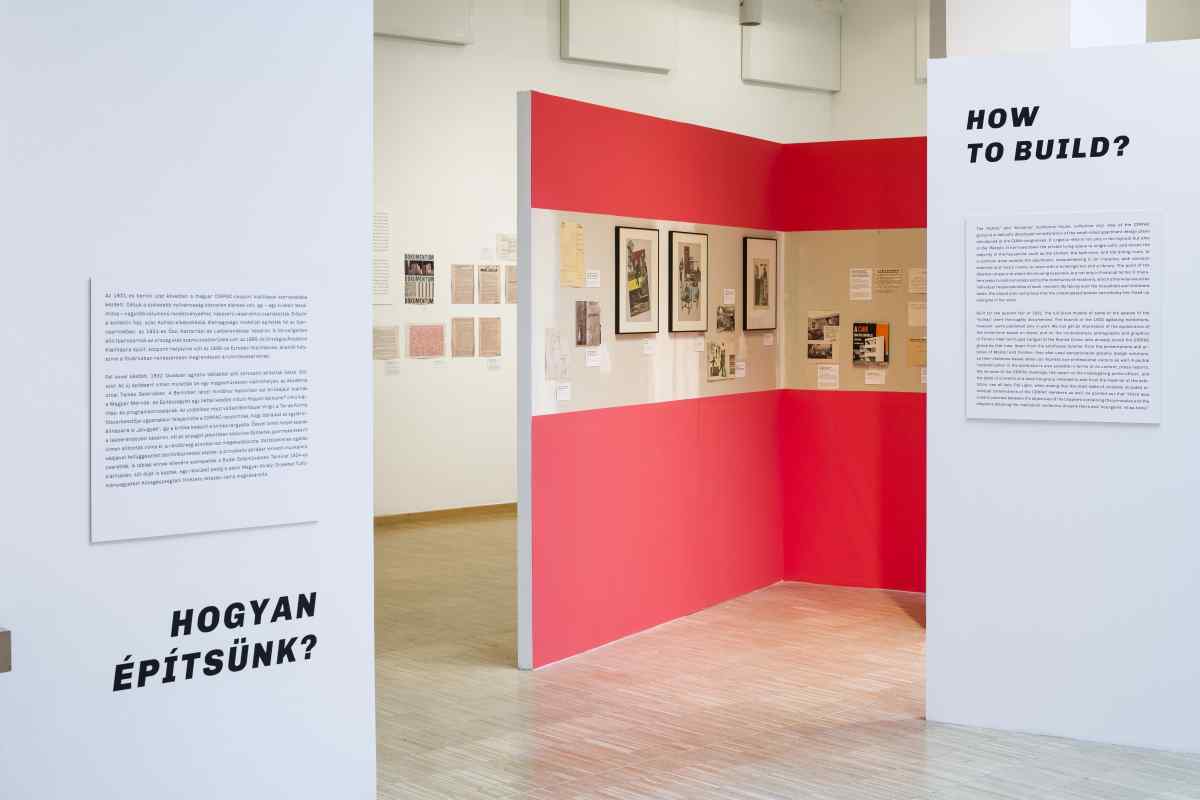
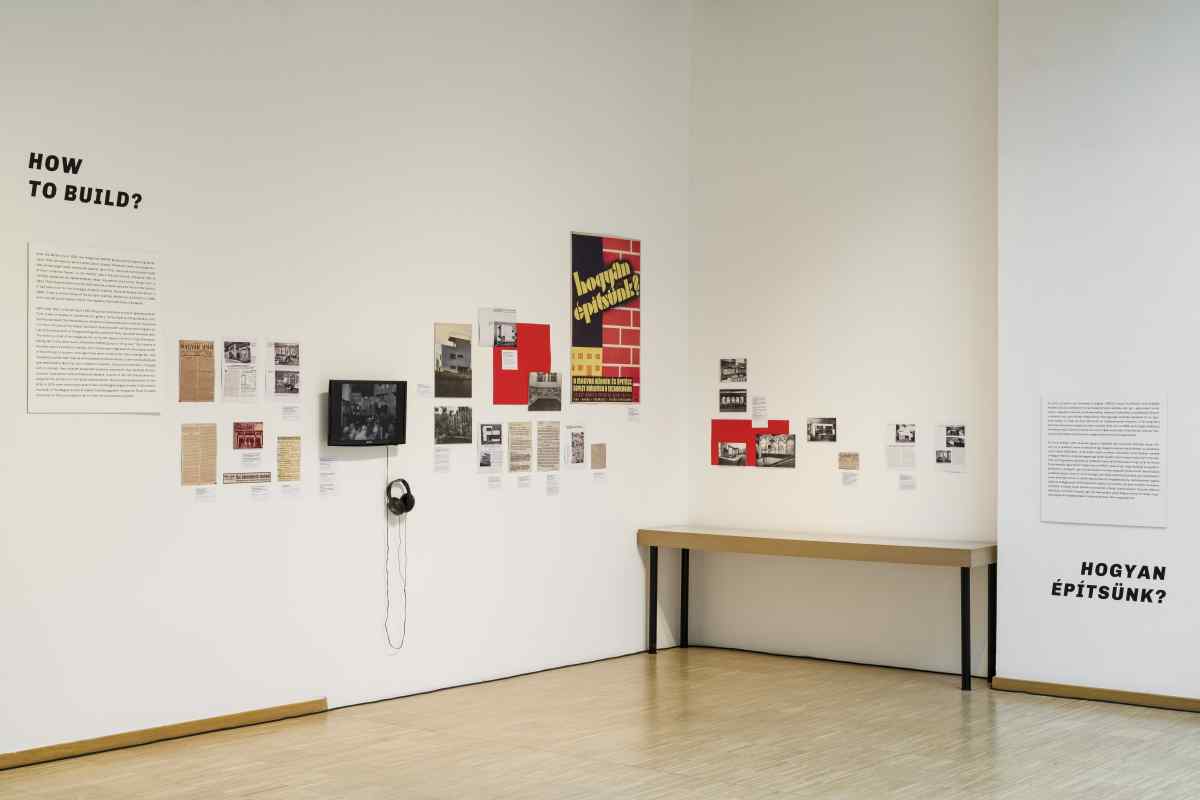
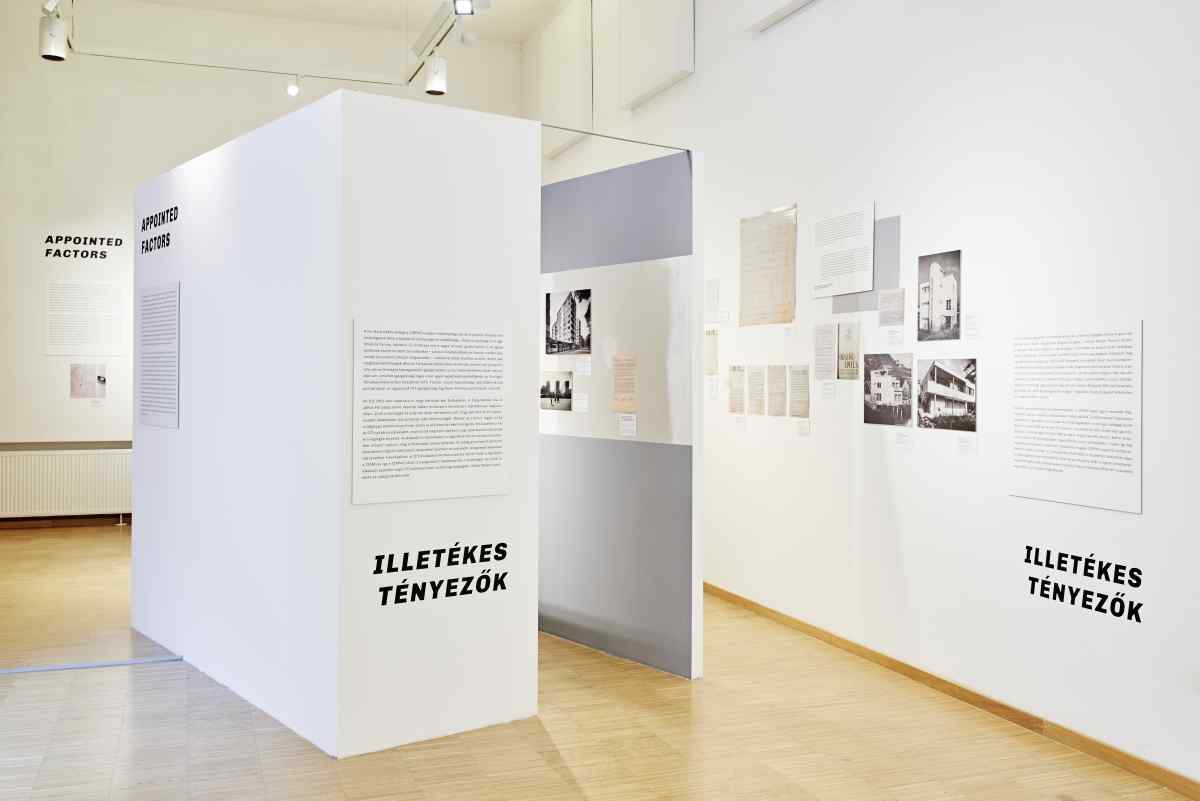
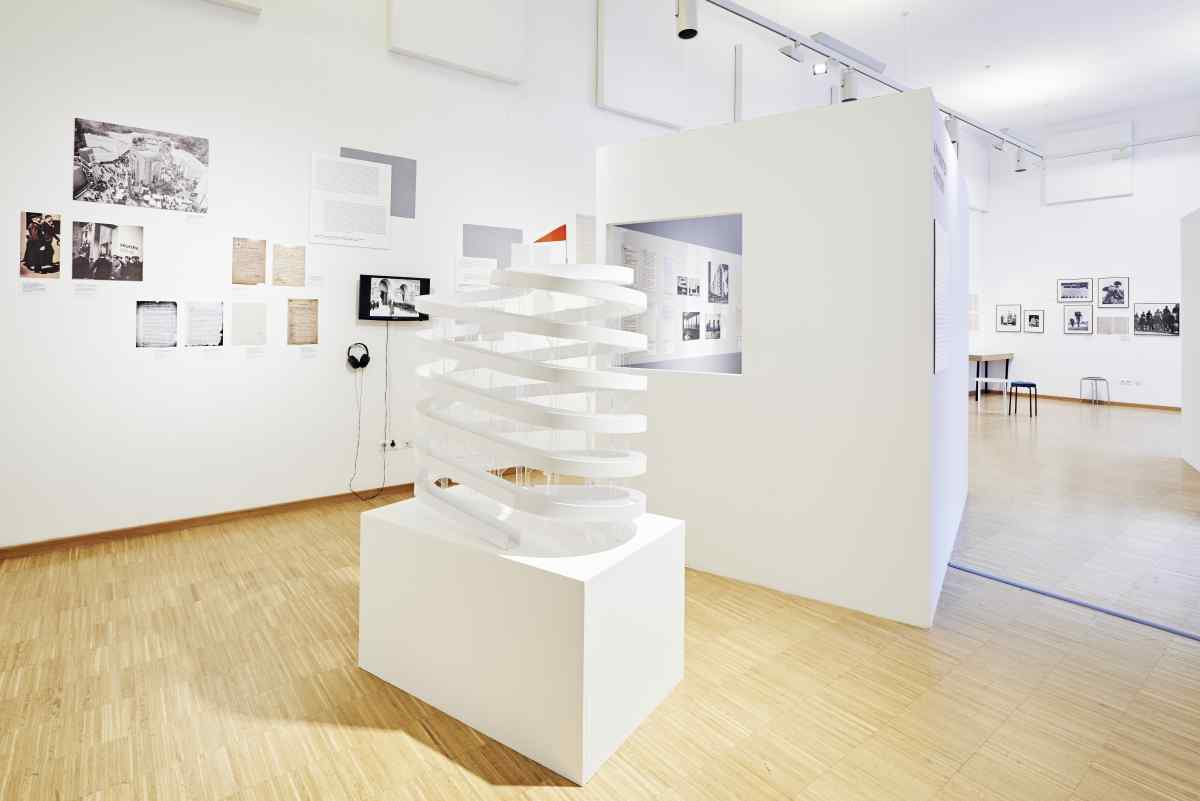
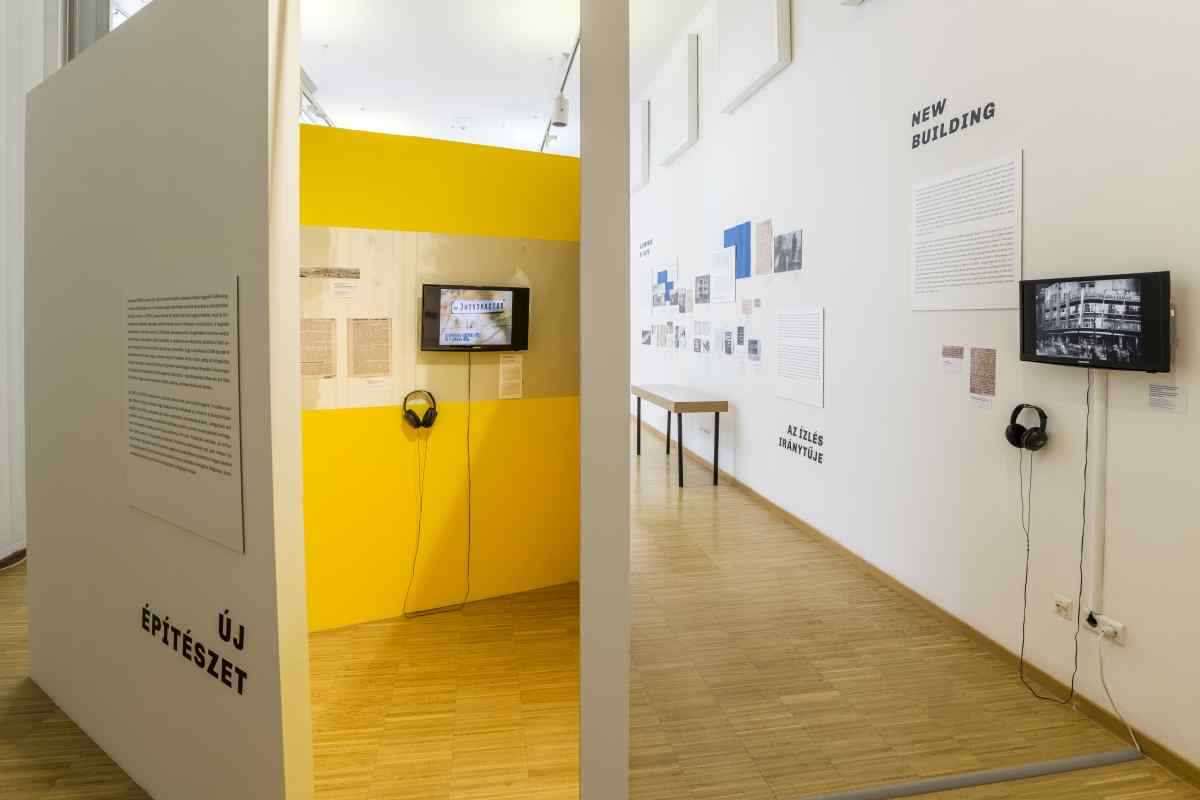
kiállításdesign I exhibition design
Építész Szakkollégium/ Advanced Architecture College
ÁLMOSDI Donát, BASA Máté, BÁNSZEGI Bíborka, BOROS Anna Eszter, CSELÉNYI István Bence, CSERESZNYÉS László, FÁRIZS András, GALL Eszter, GÁCSI Zsuzsi, GULYÁS Eszter, GUNTHER Ágota, GYŐRFI Dániel, HERNÁDI Zsombor, HOLECZ Gál, JACZKÓ Stefi, KAKNICS Péter, KOLOSSVÁRY Bernadett, KONCZOS Kata, KULCSÁR-KILYÉN Róbert, KUSTRA Vencel, MOHÁS András, PEITL Péter, SIPOS Kornél, TÓTH Bence, WINKLER Márk, ZSOLDOS Anna
grafika I graphic design
THURY Lili
Építész Szakkollégium / Advanced Architecture College, Budapest
Budapest100 (KÉK – Kortárs Építészeti Központ / Hungarian Contemporary Architecture Centre, Budapest)
The site plan is a fundamental element of the building project documentation; a top view drawing of the “terrain (contour lines), administrative boundaries, routes, establishments, and building lines” of the area affected by the planned project (Anna Zádor: Építészeti szakszótár [Dictionary of architecture], Corvina, 1984). It aims to visualize the actual correlations, both above and below the surface, that determine the framework of the design and building process. Appropriating the concept of the site plan, the exhibition Collective Dreams and Bourgeois Villas – Site Plan of the Hungarian CIRPAC Group outlines the activity of the Hungarian CIRPAC group, as well as its context.
National CIRPAC groups (Comité Internationale pour la Résolution des Problèmes de l’Architecture Contemporaine – International Committee for the Resolution of Problems in Contemporary Architecture) were established in 1928 by the first CIAM meeting (Congrès Internationaux d’Architecture Moderne – International Congresses of Modern Architecture). CIRPAC groups were responsible for communicating the architectural and urbanistic principles laid out at CIAM congresses to professionals as well as the public, to clients as well as decision makers. As such, the activity of the Hungarian CIRPAC group was also focused on the housing crisis of the 1920s and 1930s, a result of the combined impact of the world war, the Treaty of Trianon, and the Great Depression. Besides design contracts, they advertised the achievements of the CIAM congresses and of “Neues Bauen” [New building] in general in publications, presentations, and exhibitions. The collective, primarily defined by Farkas Molnár and József Fischer, ventured beyond the framework of conventional architecture. The members of the group considered themselves as agents of a broader social phenomenon, rather than merely of the architectural scene. Their site plan thus depicts not only the professional influences coming from abroad, whether to be followed or to be resisted, but also the domestic and international sociopolitical terrain. This site plan presents the designs and existing buildings—collective dreams and bourgeois villas—as civic rather than architectural establishments, next to the tactics and tools of the fight for publicity, as well as the transitory alliances with contemporary (artistic, intellectual, political) circles.
By presenting the history of the Hungarian CIRPAC group, the exhibition joins the discourse of recent years looking for relevant patterns in 20th-century history, which we can learn from today. Comparable to international tendencies, their activity is especially notable because as architects they took a stand on social issues beyond architecture. This even lead to confrontations with the authorities; the walls they ran into and the different routes they were forced to take outline the complex political conditions of interwar Hungary.
The 2019 edition of Budapest100 entitled In the Footsteps of Bauhaus is a partner event of the exhibition.